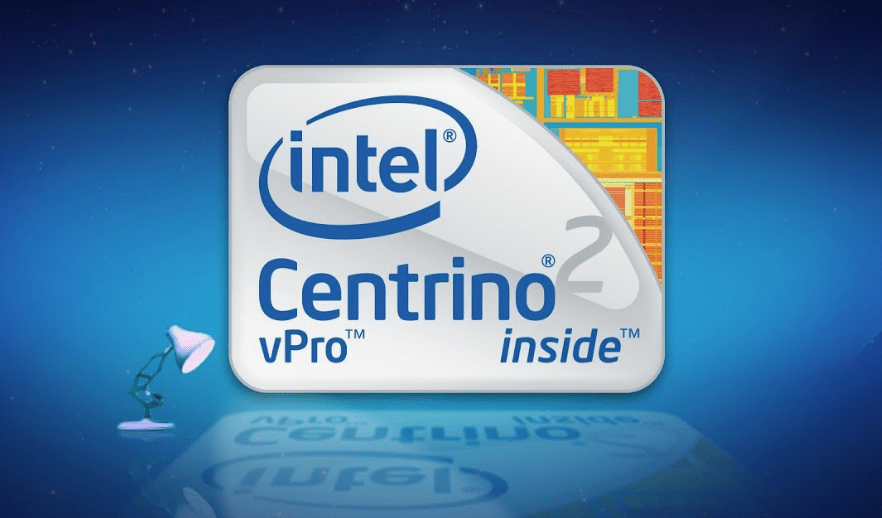The exciting app development world doesn’t end with building Eye-catching and functional platforms. A carefully thought-out revenue plan is necessary to guarantee long-term success for your Uber clone apps. This guide explains the art of money generating while ensuring a great user experience, and it’s specifically designed for Uber clone app development.
The right balance between profitability and user satisfaction is key in this competitive ride-hailing business. From subscription models that unlock premium features to commission structures that benefit riders and drivers, we’ll explore strategies to elevate your platform’s profitability.
Join us on this journey as we dive into the complexities of monetization in Uber clone app development. Discover actionable insights and strategies that will elevate your platform’s profitability and establish it as a sustainable player in the competitive world of ride-hailing applications.
Be sure to follow along for several useful strategies and professional recommendations to put your Uber clone software on the path to long-term financial success. Let’s go further for more specialized information on creating Uber clone apps.
-
Choosing the Right Monetization Strategies
✔︎ Subscription Plans for Premium Features
One lucrative Uber clone app development approach offers subscription plans. This allows users to access premium features, ensuring a steady revenue stream. By providing enhanced functionalities like priority booking or special discounts, you create added value for subscribers.
✔︎ Commission from Ride Transactions
A fundamental strategy is implementing a commission-based revenue model, where you earn a percentage from each ride. Striking a balance between fair commission rates and competitive pricing ensures a win-win scenario for drivers and your platform.
✔︎ In-App Advertisements
Integrating non-intrusive advertisements within the app can generate revenue. Collaborate with relevant brands or services to display ads, but be mindful of user experience. Opt for seamless placements that don’t disrupt the app’s core functionality.
-
Integrating Payment Gateways for Seamless Transactions
✔︎ Overview of Payment Integration
Smooth and secure transactions are paramount in ride-hailing apps. Integrate reputable payment gateways, offering diverse options like credit/debit cards, digital wallets, and local payment methods. A seamless payment experience fosters trust and encourages repeated use.
✔︎ Ensuring User Trust in Transactions
Implement robust security measures to safeguard user payment information. SSL encryption, two-factor authentication, and secure payment gateways contribute to a secure environment, building trust with both riders and drivers.
-
Promoting User Engagement for Increased Revenue
✔︎ Referral Programs and Promo Codes
Leverage the power of referrals by incentivizing users to invite friends and family. Offer discounts or credits for successful referrals. Similarly, periodic promo codes can stimulate user engagement and drive more rides.
✔︎ Loyalty Programs for Regular Users
Rewarding loyal users with exclusive benefits creates a sense of belonging. Consider offering discounts, free rides, or priority access to premium features for those who frequently use your platform.
-
Ensuring Transparency in Pricing and Charges
✔︎ Clear Fare Estimations
Prioritize transparency by providing accurate fare estimates before users confirm a ride. Avoid unexpected surges in pricing, as transparency builds trust and fosters positive user experiences.
✔︎ Transparent Billing Statements
Issue detailed billing statements after each ride, outlining all charges incurred. Clear and understandable statements leave no room for confusion, solidifying user confidence in your platform.
-
Incorporating Value-Added Services
Offering Additional Services (e.g., Food Delivery, Package Delivery)
Diversify your revenue streams by extending services beyond ride-hailing. Additional features like food or package delivery broaden your audience and revenue potential.
-
Tracking and Analyzing Revenue Metrics
✔︎ Key Performance Indicators (KPIs) for Revenue Growth
Identify and monitor essential revenue-related KPIs. Metrics like Average Revenue Per User (ARPU), Customer Lifetime Value (CLV), and Conversion Rate Optimization (CRO) provide invaluable insights for optimizing revenue strategies.
-
Adapting to Market Trends for Sustainable Revenue Generation
Staying Updated with Industry Trends
In the fast-evolving landscape of ride-hailing, staying attuned to market trends and customer preferences is paramount. Adapt your revenue models based on emerging technologies and shifts in user behaviour.
Revenue Model for Uber Clone App
| Monetization Strategy |
| Commission from Ride Transactions |
| Subscription Plans |
| In-App Advertisements |
| Referral Programs |
| Value-Added Services |
| Loyalty Programs |
FAQs
What are the key monetization strategies for Uber clone app development?
Several effective monetization strategies for Uber clone app development include
- Subscription plans.
- Commission from ride transactions.
- In-app advertisements.
- Referral programs.
- Offering additional services like food or package delivery.
These strategies can be tailored to suit your platform’s specific needs and goals.
How do subscription plans work in Uber clone app monetization?
Subscription plans offer users premium features in exchange for a regular fee. This can include benefits like priority booking, special discounts, and enhanced user experiences. By providing additional value, you can generate a steady stream of revenue.
What is the commission-based revenue model for ride transactions?
The commission-based model entails earning a percentage of the fare from each ride facilitated through your Uber clone app. This model ensures a mutually beneficial relationship between the platform owner and the drivers, creating a sustainable revenue stream.
What role do referral programs play in Uber clone app monetization?
Referral programs incentivize users to invite friends and family to join the platform. Successful referrals can earn users discounts, credits, or other rewards. This encourages user engagement and expands the user base, increasing revenue.
How can transparency in pricing and charges enhance monetization?
Transparent pricing, including accurate fare estimates and detailed billing statements, builds trust with users. It ensures that they clearly understand the costs associated with using the app. This transparency fosters positive user experiences, increasing trust and repeat usage.
Conclusion
As we draw the curtains on this guide to monetizing your Uber clone app, it’s evident that a well-thought-out revenue strategy is the cornerstone of a successful platform. Balancing user experience with sustainable revenue streams is the golden rule in this dynamic app development industry.
Incorporating subscription models, commission structures, and innovative loyalty programs will pave the way for a financially sound venture. Remember, in Uber clone app development, the journey to profitability is a marathon, not a sprint.
For more tailored advice on Uber clone app development and monetization, contact our expert team at RichestSoft. Here’s to a prosperous journey ahead!






